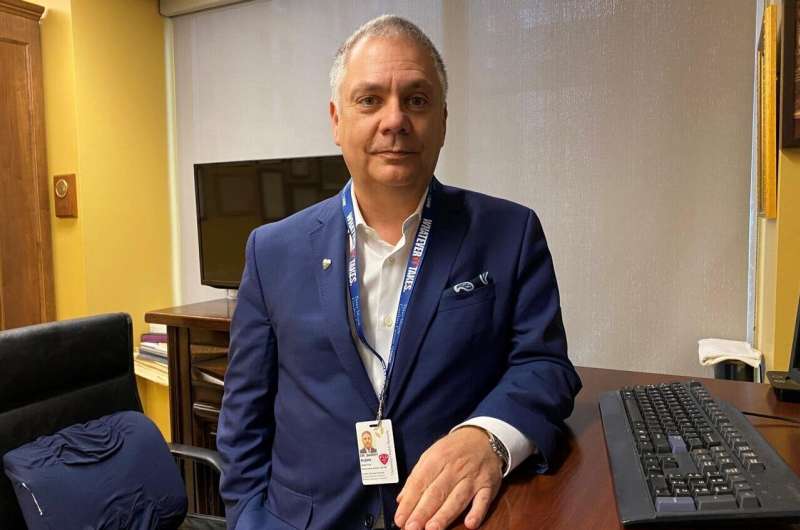High levels of clinician burnout identified at leading cardiac centre

More than half the clinicians surveyed at the Peter Munk Cardiac Centre reported burnout and high levels of distress according to a series of studies published today in the Canadian Medical Association Journal Open (CMAJ-OPEN). In these studies carried out before the COVID-19 pandemic, 78% of nurses, 73% of allied health staff and 65% of physicians described experiencing burnout.
"In my 35 years as a physician I have never seen a more serious issue for clinicians than burnout," says lead author Dr. Barry Rubin, Chair and Medical Director, the Peter Munk Cardiac Centre, UHN.
Completed in 2019, the study used the Well-Being Index, a survey tool developed by the Mayo Clinic, a globally recognized academic medical centre. 414 physicians, nurses and allied health staff answered a series of questions about the level of stress they experienced in the previous month.
The index measured fatigue, depression, burnout, anxiety or stress, mental and physical quality of life, work-life integration, meaning in work and distress.
The study also evaluated the respondent's perception of the adequacy of staffing levels, and of fair treatment in the workplace. The results were then compared to outcomes for corresponding healthcare professionals at academic health science centres in the United States.
- 78% of nurses, 73% of allied health staff and 65% of physicians described burnout in the month prior to when the survey was administered.
- 79% of nurses, 56% of allied health staff and 55% of physicians had high levels of distress.
- Lower levels of distress among all clinicians were associated with a perception of fair treatment at work and a perception of adequate staffing levels.
The impact of burnout on clinicians can include extreme fatigue, professional dissatisfaction, job turnover, decreased quality of life, and thoughts of suicide.
"Burnout also has a negative impact on the care we provide," says Dr. Rubin. "It is associated with an increased incidence of medical errors, serious safety events, readmission to hospital, worse patient outcomes and in some situations even increased patient mortality. Clinician burnout is a public health crisis that we must address now."
The findings of these studies are the first step in acknowledging the existence, depth, and degree of distress and burnout among clinicians at the Peter Munk Cardiac Centre.
"Our next steps will be to meet with nurses, doctors and allied health staff, so that we can understand the key drivers of burnout in the PMCC and develop targeted intervention strategies," says Dr. Rubin. "It is critical we address these issues and work together to bring about much-needed change. Healthcare workers give their all to care for others, it is time they are cared for too."
More information: Barry Rubin et al. Burnout and distress among nurses in a cardiovascular centre of a quaternary hospital network: a cross-sectional survey, CMAJ Open (2021). DOI: 10.9778/cmajo.20200058




















